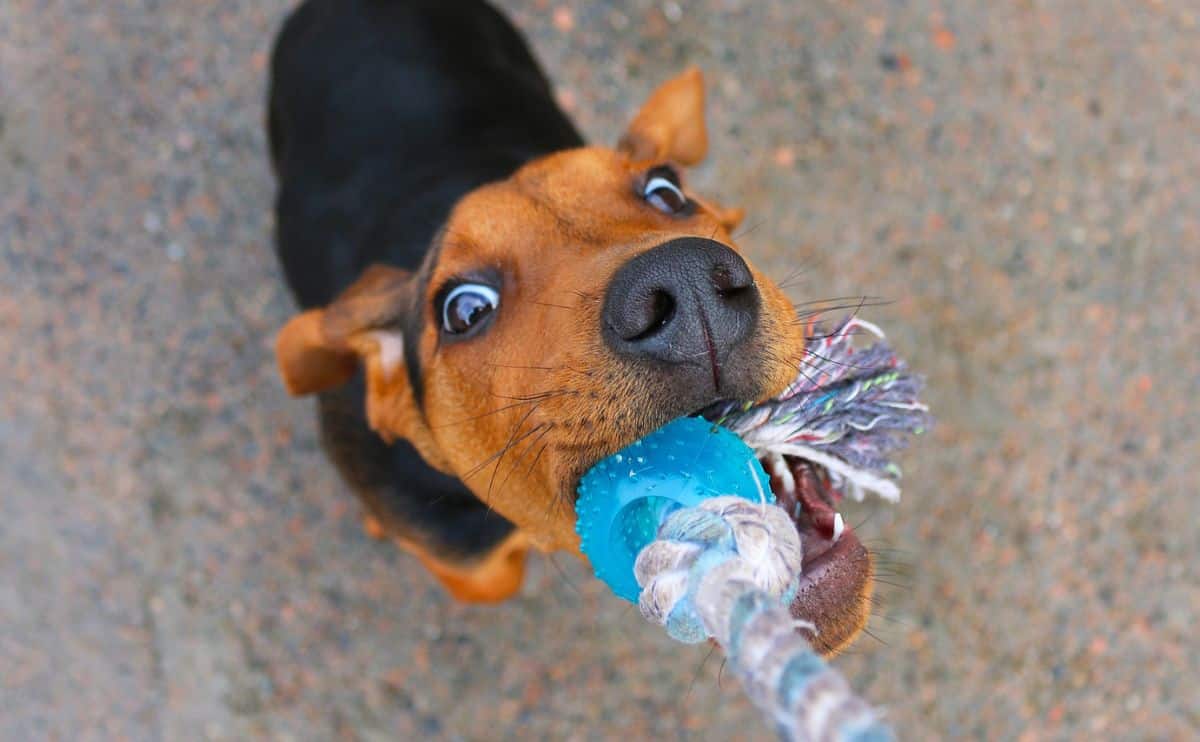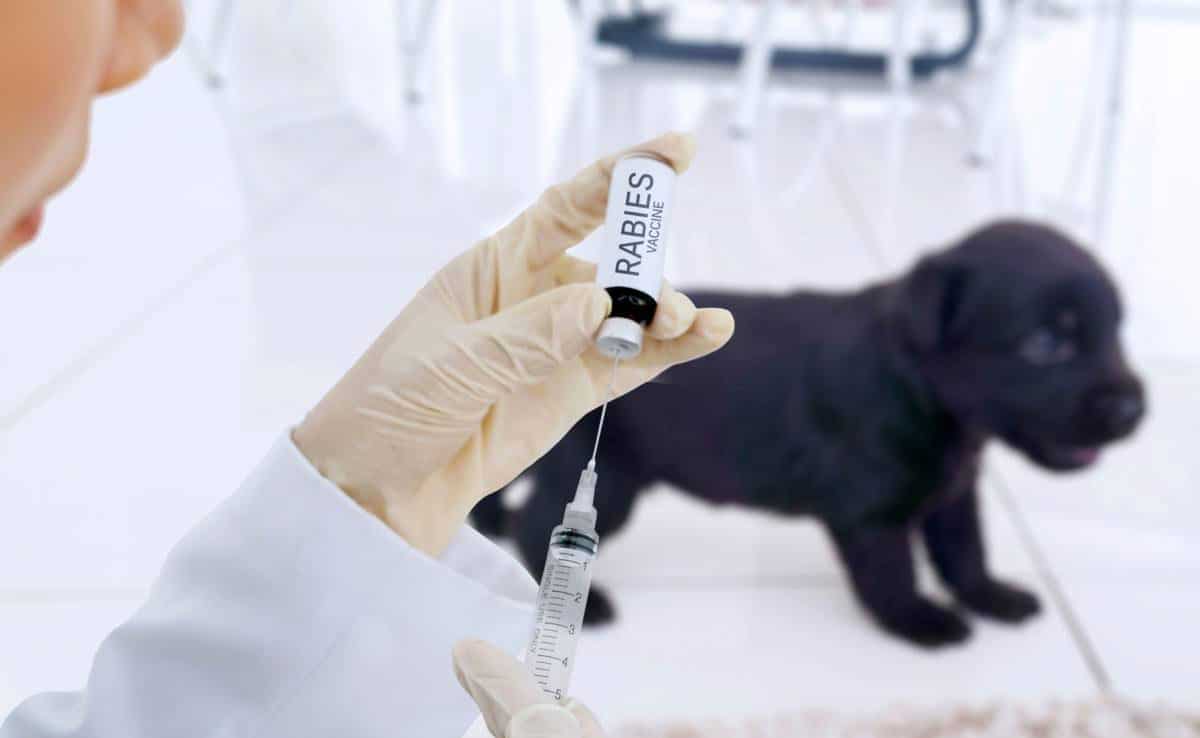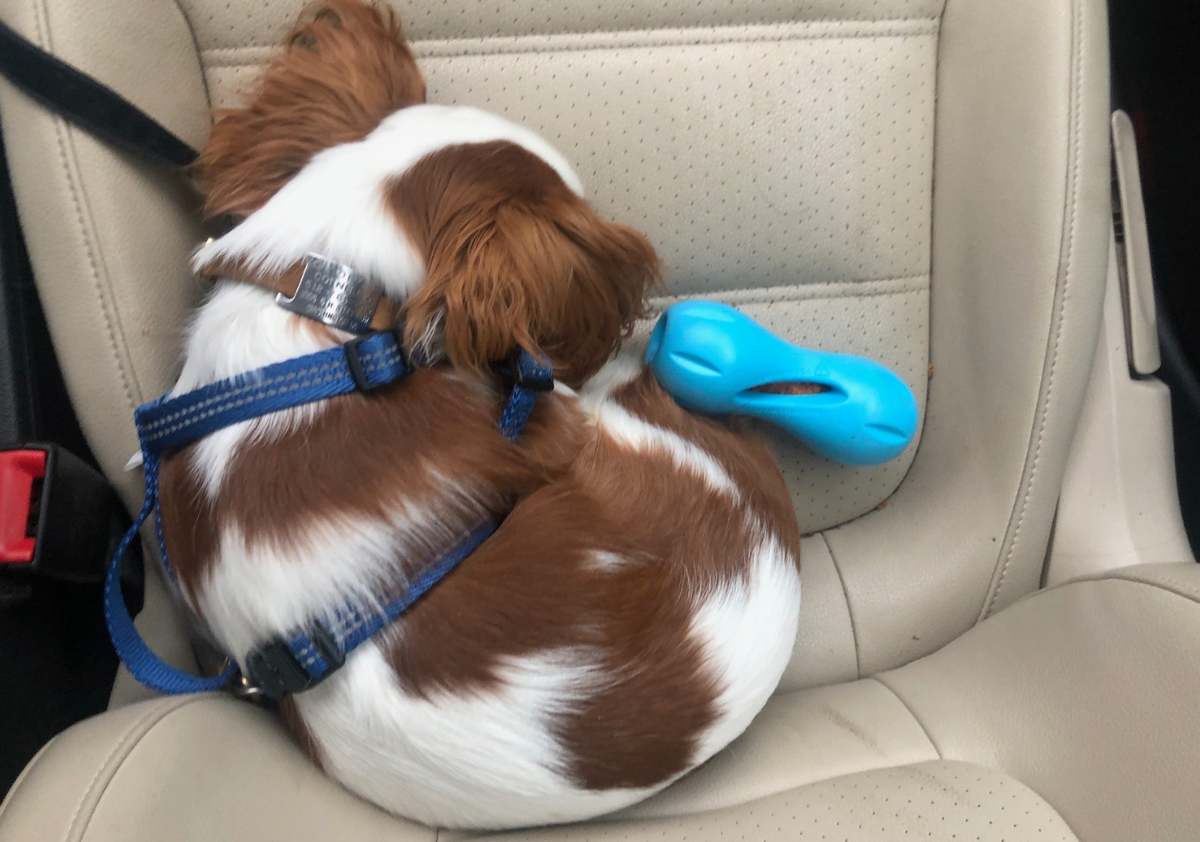When Do Puppies Lose Their Baby Teeth? A Puppy Teething Timeline & More
When you purchase through links on our site, we may earn a commission. Here’s how it works.
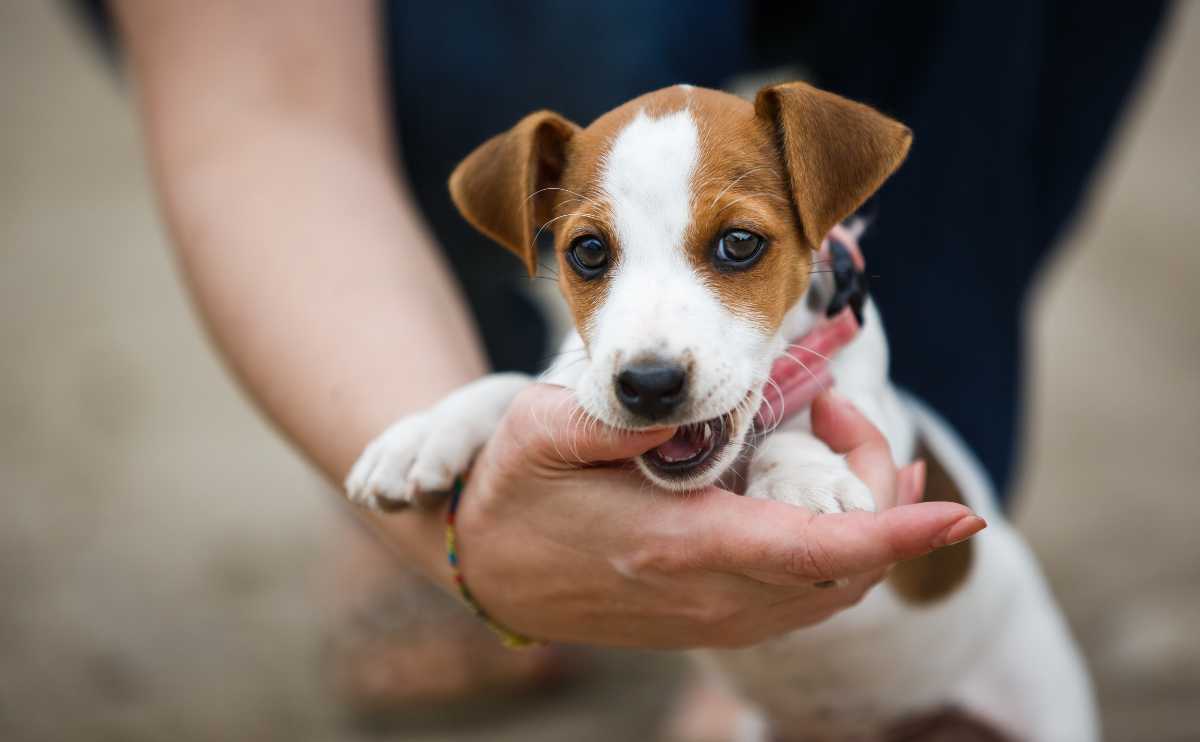
Owning a new puppy is such an exciting yet sometimes stressful experience. The more you know about what to expect with puppy parenting, the better prepared you can be for the challenges to come. In this article, we take a bite into puppy teething to help you know what lies ahead during the painful process.
Table of Contents
When do puppies lose their baby teeth? The first teeth start falling out around three to four months of age. But how long do puppies teethe? And how can you help ease your little one’s sore gums? We give you a rundown of the puppy teething timeline, problems to watch out for, ways to soothe the pain, and much more to help you weather the teething storm.
Puppy Teething Age Chart

Puppy Teething Timeline
Just like humans, puppies are born without teeth, but it doesn’t take long for those baby choppers to start popping up and permanent adult teeth to take their place.
2-4 Weeks
Between 2-3 weeks old, a puppy’s razor-sharp baby teeth, also called milk teeth or deciduous teeth, start coming in. The first to emerge are the incisors (front teeth) and canines (fangs), followed by the premolars. Unlike humans, canines don’t grow any baby molars.
1-2 Months
By 6 weeks of age, all 28 deciduous teeth should be in, although it can take up to 8 weeks in some dogs. During this time, puppies will be weaned off of nursing and begin eating puppy food.
3-5 Months
At around 12 weeks, baby teeth start falling out, usually in the same order as when they emerged. The permanent incisors and canines erupt first, followed by the premolars anywhere between 4-6 months of age. The adult molars grow in last, between 5-7 months old.
6 Months And Older
By six or seven months of age, all baby teeth should have fallen out and all 42 adult teeth should have come in. If any of your puppy’s baby teeth are still intact, you should contact your veterinarian, as this can cause dental development problems.
When Do Puppies Teethe The Worst?
Typically, the most uncomfortable teething time for puppies is when the baby teeth fall out and adult teeth start to erupt. Typically, this starts between three and four months of age, but the timeline can vary a bit with dogs, just as with humans.
“When puppies are teething, they sometimes mouth and chew things more,” says Dr. Hannah Godfrey, BVetMed, MRCVS, a companion animal veterinarian. “Owners sometimes have concerns that their puppy will become aggressive when their behavior changes, because as well as chewing on toys or furniture, they might also chew on your hands. Thankfully, this isn’t a sign of aggression. As long as mouthing is discouraged through ignoring, this behavior shouldn’t persist.”
How To Help Ease Your Puppy’s Discomfort
During this time, you want to make sure you’re giving your puppy relief for her sore gums and alternatives to mouthing or chewing what they shouldn’t. So it’s a good idea to invest in a few puppy-safe chew toys to have on hand once the process begins. It’s important to choose the right size toy for your little furball to avoid the risk of choking. For smaller breeds, we recommend the hugely popular Nylabone Puppy Chew Teething Pacifier and KONG Puppy Binkie.
Many owners of larger-breed puppies find the Petstages Cool Teething Stick quite effective. You can soak this toy in water and freeze it to give your teething pup extra relief. For aggressive chewers, check out the extremely durable and freezable NWK Pet Teether Cooling Ring.
Problems To Watch For During Teething
Fortunately, many puppies don’t develop any problems during teething other than the constant chewing. However, some puppies have a condition called retained deciduous teeth, also referred to as persistent teeth, which can cause future dental problems.
Dr. Godfrey explains, “Retained deciduous teeth are a problem I see regularly in practice. This occurs when a puppy’s temporary (baby) tooth doesn’t fall out and, instead, remains in situ alongside the permanent tooth. Having these teeth so close together creates a breeding ground for bacteria and an increased risk of tartar and tooth damage. Typically, we remove these baby teeth at neutering or under anesthetic at a later date.”
Dr. Godrey adds, “Another teething problem that I seem to be seeing more of in practice is lingually displaced canines, where the canine teeth sit in the wrong position, pressing against the roof of the mouth when the puppy’s mouth is shut. Sometimes, this only affects the temporary puppy teeth, but occasionally, the permanent canines will also be affected.”
Retained deciduous teeth are more common in small-breed dogs and brachycephalic breeds (dogs with flat faces or short noses), such as Boston Terriers, Boxers, French Bulldogs, and Pugs. The most common persistent teeth are the canines and incisors. Your veterinarian will examine your puppy’s teeth periodically to check for any problems. Still, you should also keep an eye out for any baby teeth that haven’t fallen out when the permanent teeth are coming in. If you notice a persistent deciduous tooth, contact your vet as soon as possible.
Our Personal Experience With Teething
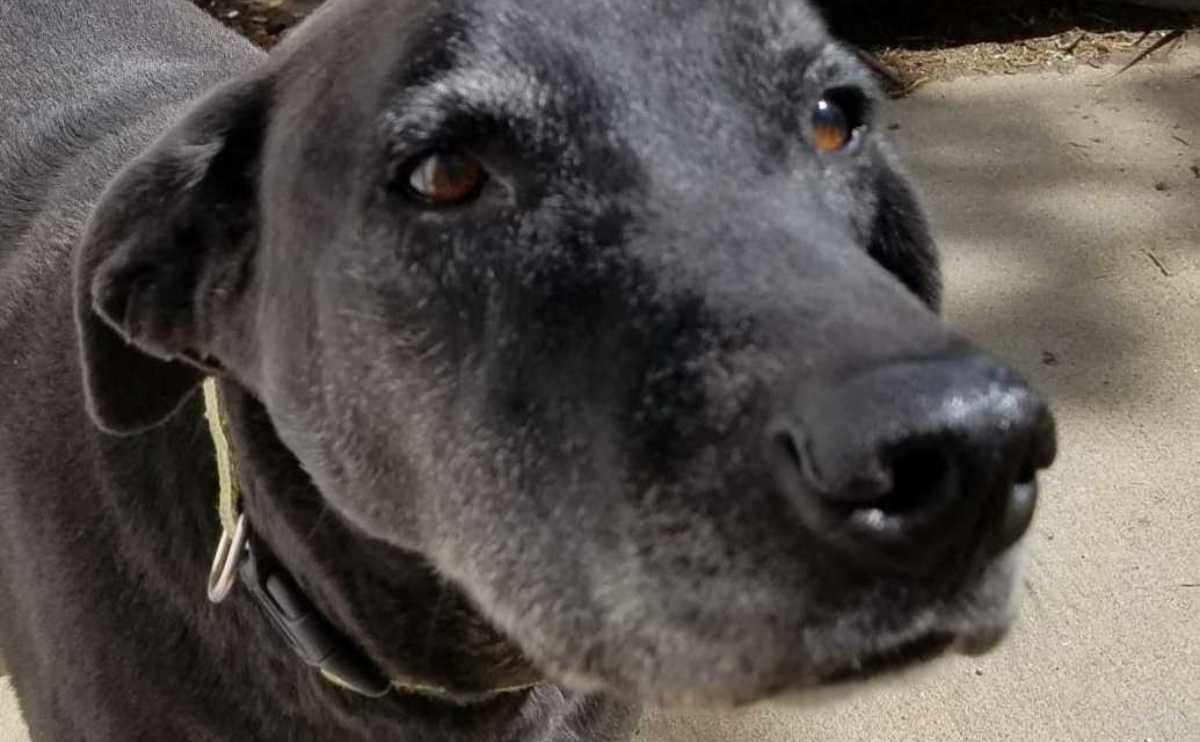
“I’ve gone through the teething process with several different dogs. For some, it was barely noticeable, but for others, it was a major challenge. My black Labrador Retriever, Bear, went through a seriously destructive teething cycle. Starting around 3 months old, Bear wanted to chew anything and everything he could. He also had swollen gums and would drool quite a bit.
At around 5 months old, his chewing became really aggressive as his adult teeth started fully growing in, and his chewing was aimed at items that weren’t safe. He liked to chew wood and chewed through two couches and the seat of an exercise bike, as well as plenty of shoes, clothes, and other household items. This was a huge problem for which we wern’t prepared. Even the most “indestructible” chews for dogs were ineffective to deter him from these unsafe alternatives.
Chewing on ice cubes and frozen cubes of chicken broth was one method that helped his gum soreness. We also gave him a frozen rag twisted into a rope-like shape. That helped soothe his gums at night.
At about 6 to 8 months old, he finally calmed down a bit and stopped chewing at the furniture. He did continue to be an aggressive chewer. Although as he aged, we were able to direct his super chewing towards more appropriate dog chews, antlers, etc.”
– Danielle DeGroot, parent to multiple rescue dogs and cats
Frequently Asked Questions
Here are some questions our readers often ask about puppy teething. Don’t see yours here? Ask us in our comments.
How Long Do Puppies Teethe?
The entire teething phase lasts around five months. However, in some dogs, the process may last a bit longer, while it may take others a slightly shorter period of time.
When Do Puppies Stop Teething?
By the time your puppy reaches six to seven months old, all permanent adult teeth should have erupted. This marks the end of the teething phase.
When Do Puppies Get Their Adult Teeth?
In our canine companions, the first adult teeth start coming in around three months of age. However, some puppies don’t start getting their adult teeth until they’re four or five months old. Adult teeth tend to erupt sooner in large- and giant-breed dogs than in small dogs.
Regular Dental Care Is Crucial
According to experts, most dogs (and cats) have some form of periodontal disease by three years of age. So, once your puppy has all of her adult teeth, it’s extremely important to keep them clean to avoid major dental problems down the road. Most veterinarians recommend brushing your dog’s teeth every day (or at least every two days).
In addition to regular brushing, most vets recommend giving your pup dental chews, chew toys, or safe rawhide alternatives to help keep your dog’s teeth healthy and strong, but you’ll need to make sure you understand how to use them safely. Professional teeth cleaning once a year is also advisable to keep your dog’s mouth in top health.
Does Pet Insurance Cover Dental Care?
Routine preventative dental care isn’t typically covered by pet insurance. However, some providers have optional add-on wellness plans that may cover a portion of professional teeth cleaning. For dental problems, such as gum disease or tooth infections, extractions, or fractures, pet insurance coverage differs by provider. Learn more about dental coverage in pet insurance policies. Also, we recommend reading our comprehensive pet insurance guide to see how it can benefit your pup and your wallet far beyond dental care needs.
